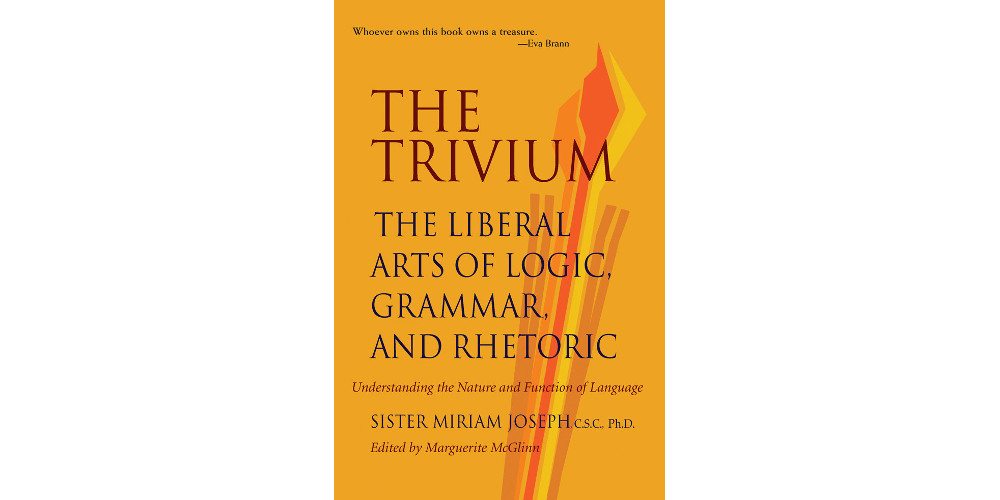

You’ve probably heard of argumentum ad hominem, but what about argumentum ad populum? Ad misericordiam? Ad verecundiam? How to parse these popular politicians’ tricks.Three fallacies of the dilemma, and how to spot them.Famous definitions from Arnold Bennett, Matthew Arnold, and St.Syntactical analysis in general grammar: how it can help you think more clearly and express yourself more precisely.Simple, down-to-earth direction to help you navigate the thorniest thickets of abstract logic - including Aristotelian and Goclenian sorites, epicheirema, mediated opposition, and more.Definitives, connectives, prepositions, conjunctions: general rules.Aristotle’s ten categories of being: still relevant to help you make sense of the world today.Seven important definitions that clarify the relationship between language and reality.Heroic couplets, heroic quatrains, Italian sonnets, English sonnets: how to make your way easily through all the confusing nomenclature - and enjoy the poetry.Stirring examples of figurative language from the Psalms, Shakespeare, Tennyson, and other masters.Help to tell the difference between an absolute and a qualified statement – from the Bible!.How to distinguish various types and moods (with examples drawn from Boswell’s Life of Johnson, Euripides’ Iphigenia, and the Bard’s Henry V).That’s why Sister Miriam Joseph designed and taught an introductory course on the classical trivium: to help students “acquire mastery over the tools of learning.” This book is the fruit of that course.Īmong the many things you’ll learn in The Trivium: Modern education, by contrast, suffers from separating the parts from the vision of the whole. In the Middle Ages and the Renaissance, students studied and mastered language in the integrated way taught by this book.

The examples are so rich that they’re a literary education in themselves. Mary’s College for thirty years, helps you see the unity and harmony of these three areas as she gives you solid and easily-grasped explanations of even their most abstruse elements: not just general grammar, but also propositions, syllogisms, enthymemes, fallacies, poetics, figurative language, and metrical discourse! Attractively laid out to maximize clarity, this book is also packed with lively examples, exercises, and illustrations drawn from the works of Shakespeare, Milton, Plato, and others. Sister Miriam Joseph Rauh, a professor of English at St. “The Trivium” is a rigorous and utterly delightful presentation of the three areas that form the basis for all learning: logic, grammar, and rhetoric.


 0 kommentar(er)
0 kommentar(er)
